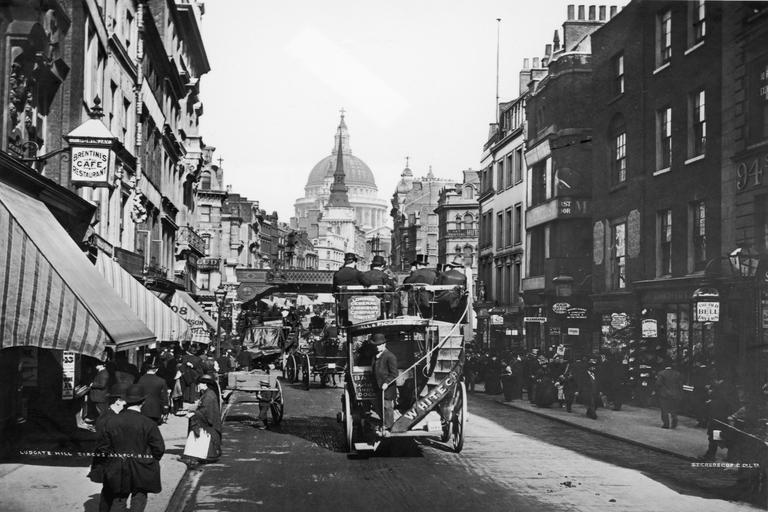Is Britain’s High Street Really Dying, or Just Evolving?
Analysts discuss the transformation of UK retail as town centres shift toward hybrid community spaces.
2025-07-03 01:35 | By Thomas Blake

The phrase 'death of the high street' has become a familiar refrain in recent years, as vacant shops and shuttered chains dominate headlines. But beneath the surface, Britain’s town centres are undergoing not a death, but a slow and complex transformation.
Data from the British Retail Consortium shows a steady decline in traditional retail footfall, accelerated by the pandemic and the rise of online shopping. However, new kinds of businesses—from artisan cafés to co-working hubs—are filling the void left by big-box chains.
In places like Stockport, Margate, and Stroud, local councils and developers are investing in mixed-use spaces that blend retail, housing, arts, and social services. The goal is to create a more vibrant and flexible high street that reflects changing community needs.
‘We’re seeing a return to the idea of the high street as a social commons,’ said urban planner Rachel Bennett. ‘It’s less about shopping and more about interaction, belonging, and shared experience.’
Empty department stores are being converted into libraries, indoor markets, or startup incubators. In Bristol, one former Debenhams now houses a zero-waste supermarket, a language school, and a community radio station—all under one roof.
Experiential retail is also on the rise. Shoppers are drawn to businesses offering workshops, tastings, and bespoke services. Independent retailers report that customers value personal interaction and storytelling over discounts and fast turnover.
High streets are becoming testing grounds for social and economic innovation. Pop-up stores allow entrepreneurs to trial concepts without long leases, while cultural programming—like live music and night markets—keeps foot traffic steady after dark.
Some councils are relaxing zoning rules to allow for residential and leisure uses in former retail-only areas. This flexibility is particularly important in smaller towns, where a single large vacancy can disrupt the local economy and morale.
Technology is playing a role too. QR-coded walking tours, local loyalty apps, and click-and-collect hubs are helping brick-and-mortar stores compete with online giants. In many places, the digital and physical are merging, not clashing.
Critics caution that the shift may not be equitable. Gentrification and rising rents could push out the very independents revitalising the high street. Public funding and thoughtful planning will be key to ensuring the benefits are widely shared.
Still, the signs of rebirth are hard to ignore. Community-run bookshops, refill stations, and hybrid arts cafés are breathing new life into once-neglected storefronts. These businesses may not resemble the high street of old—but they’re serving the communities of today.
So is the British high street dying? Not exactly. It’s evolving—sometimes awkwardly, often creatively—and finding new ways to remain at the heart of civic life. The question now is whether we’re willing to let go of nostalgia and embrace what comes next.